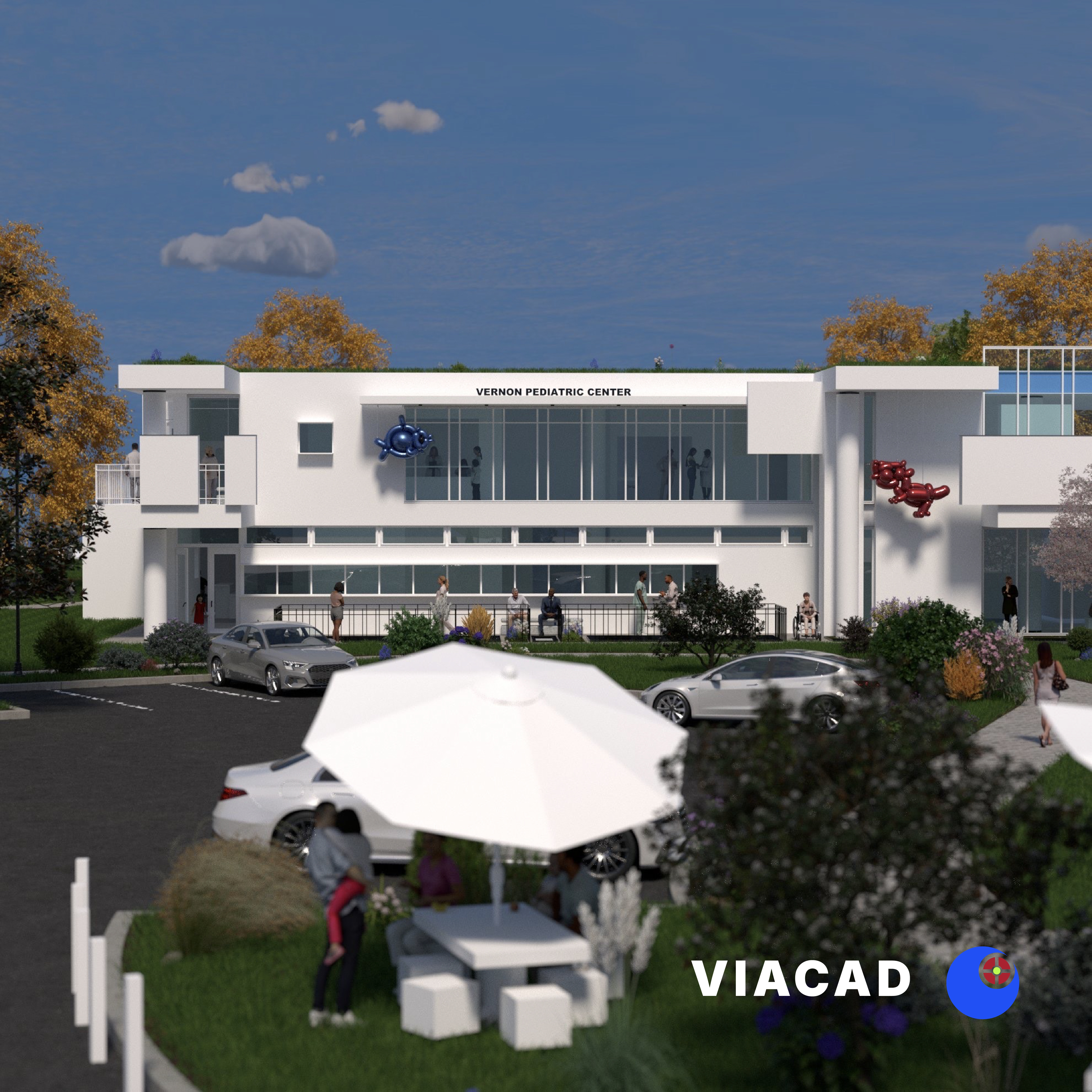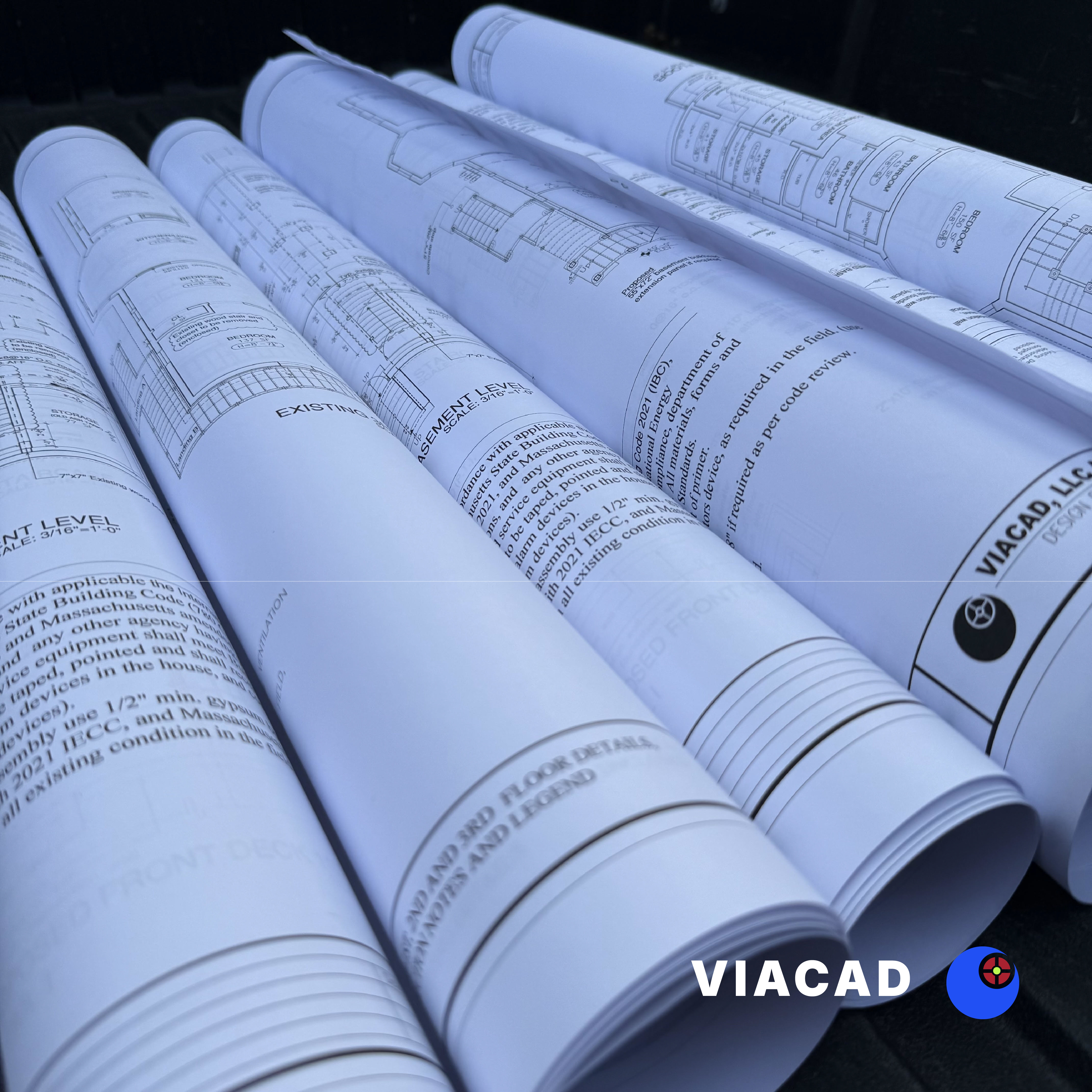

Quick Answer: Green building in Worcester, MA may have higher upfront costs compared to traditional construction due to energy-efficient materials, advanced systems, and renewable energy installations. However, these initial expenses are often balanced by long-term savings on energy bills, available incentives like Mass Save and the Smart Energy Advice Program, and increased property value. Worcester’s commitment to sustainability through local codes and programs helps make green building more accessible and cost-effective over time.
Green building has become an increasingly popular approach to construction and development, focusing on sustainability, energy efficiency, and reducing environmental impact. If you’re considering building or upgrading a property in Worcester, MA, you might wonder: is green building expensive in Worcester, MA? The City of Worcester has demonstrated strong leadership in sustainability and green building initiatives, investing in renewable energy and promoting environmentally responsible practices. This article explores the costs, benefits, and various strategies involved in green building projects in the city, helping residents, property owners, and small businesses make informed decisions.
Green building refers to the practice of designing and constructing buildings that minimize environmental impact while maximizing energy efficiency and occupant comfort. In Worcester, the city has embraced sustainability through initiatives like the Green Worcester Plan and the designation as a Green Community. These efforts encourage reducing greenhouse gas emissions, conserving water, and improving indoor environmental quality.
The city follows the Massachusetts base code (the standard building energy code established at the state level), which sets minimum energy code requirements for new construction and major renovations. Additionally, Worcester has adopted a specialized stretch code, a more stringent set of standards that promotes higher energy efficiency and sustainability in building projects. They address different aspects of energy reduction, renewable energy integration, and cost-effective permit planning, including criteria related to insulation, air sealing, heating and cooling systems, and renewable energy integration.
One of the primary concerns for many is whether green building significantly increases the total project cost. While it is true that incorporating energy-efficient systems, continuous insulation, and renewable energy technologies such as solar panels or heat pumps can raise upfront expenses, these costs often balance out over the project lifecycle.
Several strategies can help reduce initial costs, including leveraging financing options, incentives, and programs like Mass Save and the Smart Energy Advice Program. These initiatives provide rebates and technical support to property owners, helping them save energy and reduce utility costs. Upgrades can include modernizing electricity systems and tracking energy usage to maximize efficiency and savings. Moreover, energy savings from efficient systems, water conservation measures like low flow water fixtures, and reduced energy consumption contribute to lowering operating costs over time.
When it comes to translating these concepts into practical construction, having building plans that clearly detail the specifications for energy-saving features is essential. At VIACAD, LLC, we specialize in residential and commercial building plans that make construction simpler, smoother, and more predictable. With over 18 years of experience serving Worcester and Central Massachusetts, we create plans tailored to your property and goals, aiming to ensure compliance with local codes and support smoother approvals.

Energy efficiency is at the core of green building. By implementing efficient heating and cooling systems, improving insulation, and enhancing air sealing, buildings in Worcester can significantly reduce energy use and greenhouse gas emissions. The City of Worcester is leading the way in sustainable building practices, setting an example for others to follow. This not only benefits the environment but also improves indoor air quality and overall indoor environmental quality for occupants.
Green building projects often aim to be LEED certified, demonstrating compliance with rigorous sustainability standards. Having a LEED Accredited Professional on our design team means your project benefits from expert knowledge in sustainable design practices. At VIACAD, LLC, this expertise guides how we incorporate best practices in energy conservation, water efficiency, and indoor environmental quality into every set of plans we produce. The project's positive impact extends to improving public infrastructure and supporting a healthier environment. This can increase property value and appeal to environmentally conscious tenants and buyers.
Additionally, reducing reliance on fossil fuels through renewable energy sources like solar power further decreases environmental impact and supports Worcester’s goals for a sustainable future.
Navigating the permitting process for green building projects in Worcester can be streamlined by understanding the city’s requirements and available resources. The building energy code and stretch code apply to various project types, including new construction, existing building upgrades, and commercial buildings.
For new buildings, compliance with energy code requirements ensures that the structure meets energy-efficient standards from the outset. Existing buildings can undergo upgrades such as improved insulation, installation of efficient systems, and water efficiency improvements to reduce energy use and costs. Small businesses and residents alike can benefit from these enhancements, contributing to the city’s overall sustainability goals.
Quality plans play a vital role in this process. They are not just paperwork for permits; they are the foundation that allows contractors to build correctly and efficiently. Effective management of materials, waste, and project management strategies is essential for maintaining compliance and improving efficiency throughout construction. At VIACAD, LLC, we understand that well-crafted plans tailored to your property’s specific conditions and local zoning requirements are the quiet engine behind a smooth permitting and construction process.
So, is green building expensive in Worcester, MA? While green building may involve higher upfront costs due to specialized materials, efficient systems, and renewable energy installations, these expenses are often offset by substantial energy savings, reduced utility bills, and incentives offered through programs like Mass Save and the Smart Energy Advice Program. The city’s commitment to sustainability through the Green Worcester Plan and adherence to energy code requirements ensures that green building projects not only reduce greenhouse gas emissions but also enhance indoor environmental quality and water conservation.
By considering the total project cost over the lifecycle and taking advantage of financing options and incentives, property owners and developers in Worcester can achieve sustainable, energy-efficient buildings that benefit both the environment and their bottom line. Investing in green building is a smart choice for Worcester’s communities, making sustainability accessible and improving quality of life for all residents, as well as supporting the environment and future development.


Currently accepting projects in Massachusetts.